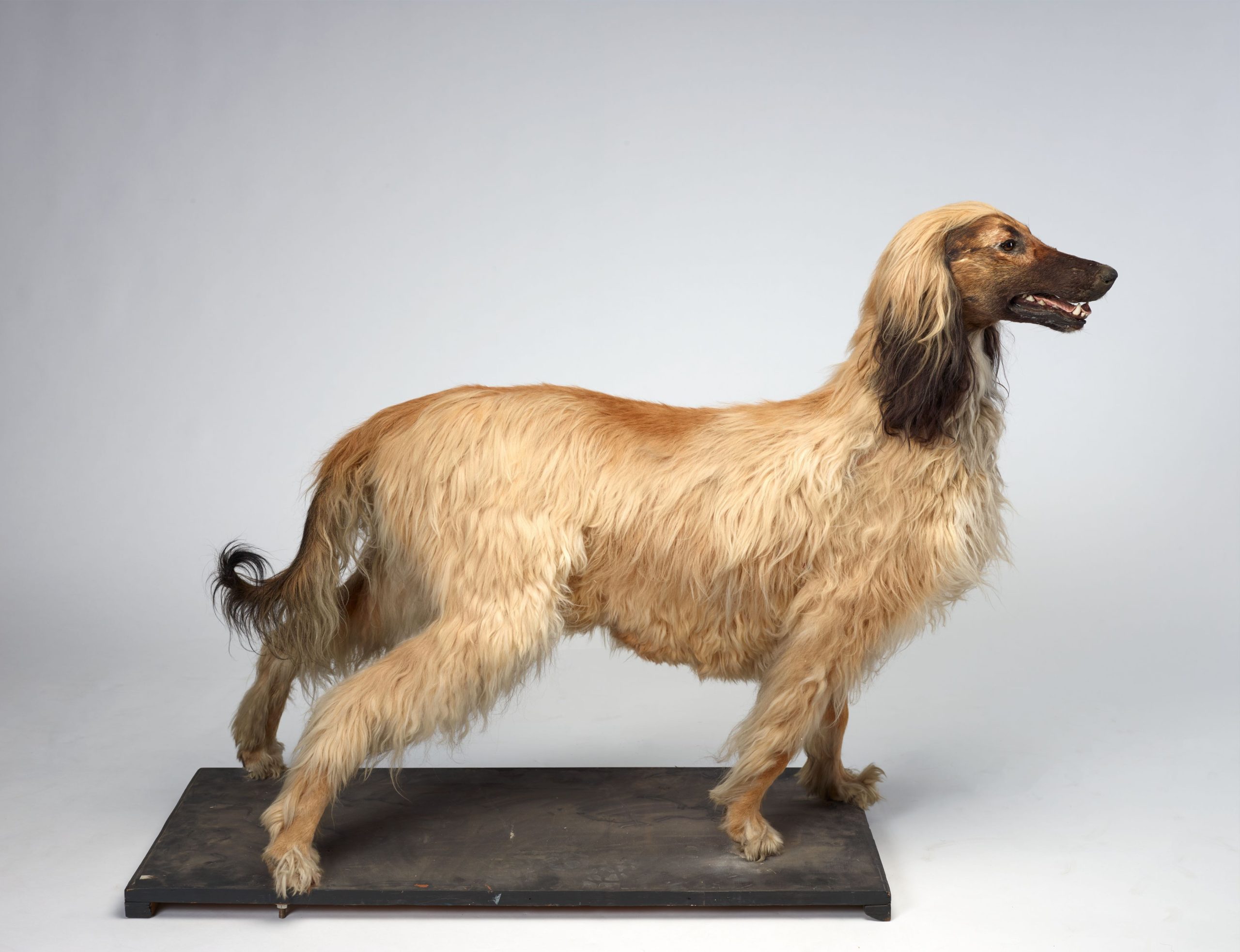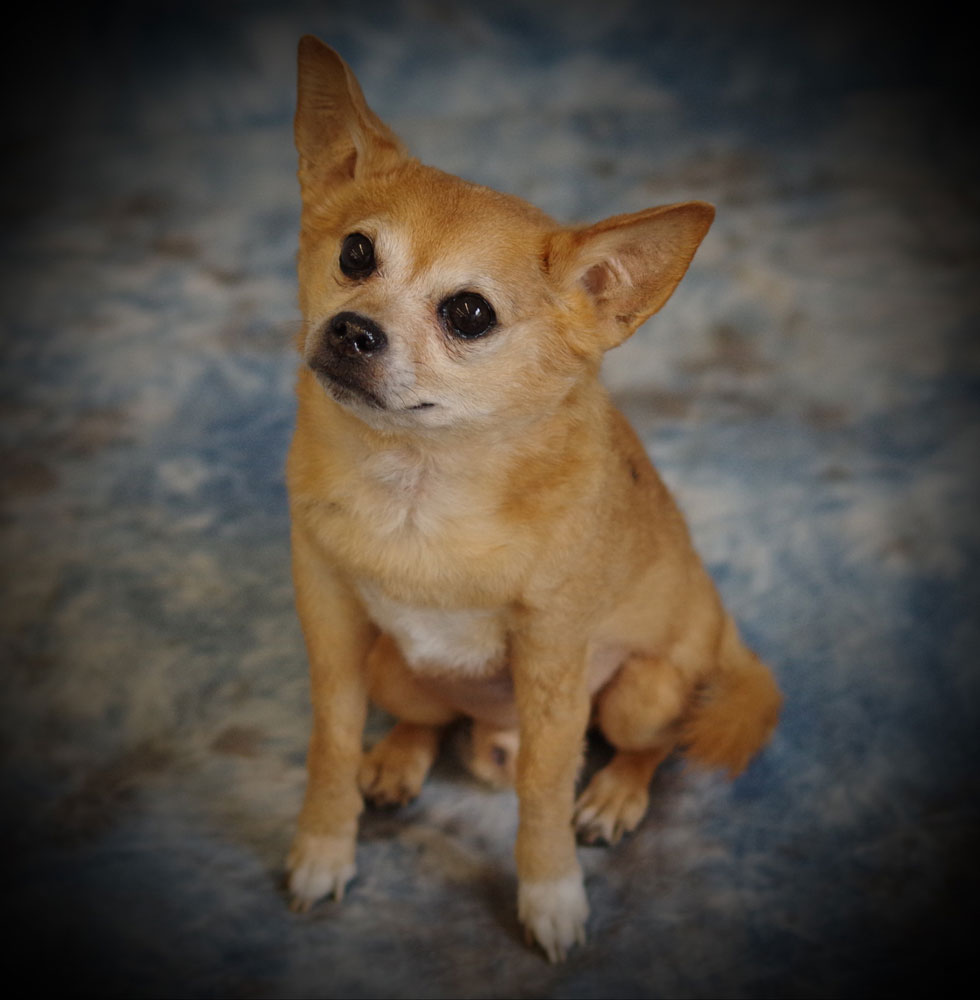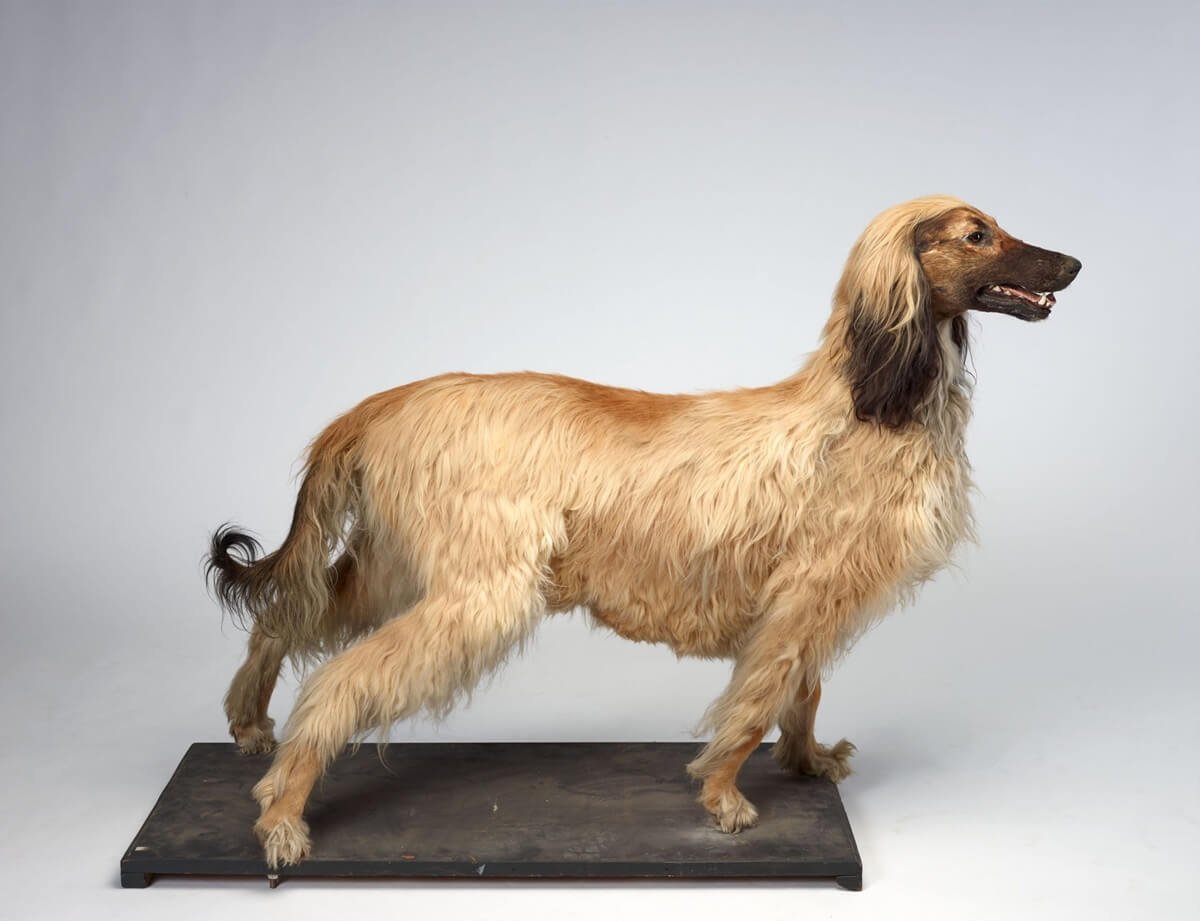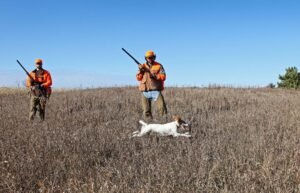Taxidermy for a dog typically costs between $1,000 and $3,000, depending on size and complexity. Factors like the dog’s breed and the taxidermist’s experience also influence the price. So How Much Does It Cost to Taxidermy a Dog?
Losing a beloved pet is a heart-wrenching experience, and many owners seek ways to preserve their memory. Taxidermy offers a unique method to honor your dog while keeping their spirit alive in your home. This art form involves carefully preserving the pet’s body, allowing you to create a lasting tribute.
Choosing a qualified taxidermist is crucial, as the process requires skill and sensitivity. Before committing, consider the costs, the timeframe, and the emotional aspects involved in this decision. Understanding what to expect can ease the process of memorializing your furry friend.
Table of Contents
Introduction To Dog Taxidermy
Dog taxidermy is a practice that many pet owners consider. It allows you to keep your beloved dog close even after they pass away. The process involves preserving their physical appearance. This can provide comfort to grieving owners. Understanding the emotional aspects is essential.
The Emotional Value
Taxidermy offers a unique way to honor your dog’s memory. It transforms a loss into a lasting tribute. Many owners find comfort in this choice. It helps them cope with their grief.
- Provides a sense of closure
- Creates a lasting keepsake
- Allows for remembrance in a personal way
Preserving Memories
Preserving memories is the primary goal of dog taxidermy. This process captures your dog’s spirit. It allows you to cherish the moments shared together.
- Choose a reputable taxidermist
- Discuss your wishes and preferences
- Understand the timeline and costs involved
Many taxidermists offer various options. You can choose lifelike poses or special displays. This personalization makes each piece unique.
In summary, dog taxidermy serves as a beautiful way to remember your furry friend. It transforms grief into a celebration of life.
The Taxidermy Process
Understanding the taxidermy process helps pet owners make informed choices. Taxidermy preserves the physical appearance of a beloved dog. It requires skill, time, and specialized techniques. Below are the essential steps involved in the taxidermy process.
Preparation Steps
Preparation is crucial for successful taxidermy. Here are the main steps:
- Consultation: Discuss your wishes with a taxidermist.
- Documentation: Fill out necessary forms.
- Pick-up: Arrange for the safe transport of your dog.
- Preservation: The taxidermist will preserve your dog’s body promptly.
Each step ensures the best outcome. The taxidermist maintains respect for your pet throughout the process.
Tools And Materials
Taxidermy requires specific tools and materials. Here’s a list of essentials:
| Tool/Material | Purpose |
|---|---|
| Scalpel | For precise cuts on the skin. |
| Preservatives | To prevent decay. |
| Wire | To create a skeleton structure. |
| Mannequin | To shape the body. |
| Filler material | To add volume and shape. |
These tools help create a lifelike representation. Proper materials ensure durability and longevity.
Factors Influencing Cost
Understanding the factors that influence the cost of taxidermy for a dog is essential. Several key elements affect pricing. These include the size of the dog, the complexity of the pose, and the type of mount selected. Let’s explore each factor in detail.
Size Of The Dog
The size of the dog plays a significant role in the cost of taxidermy. Larger dogs require more materials and labor. Smaller dogs are generally less expensive to mount. Here’s a quick breakdown:
| Dog Size | Average Cost |
|---|---|
| Small (e.g., Chihuahua) | $300 – $500 |
| Medium (e.g., Beagle) | $500 – $800 |
| Large (e.g., Golden Retriever) | $800 – $1,500 |
Complexity Of The Pose
The pose of the dog also influences the final price. Simple poses are easier to mount. Complex poses require more time and skill. Here are common pose categories:
- Standing: Simple and typically cheaper.
- Seated: Moderate complexity and cost.
- Action Pose: High complexity and more expensive.
Choosing a complex pose can significantly increase the cost.
Type Of Mount
Different types of mounts come with varying price tags. The choice impacts the overall cost. Here are some common types:
- Full-Body Mount: Most expensive option.
- Shoulder Mount: Moderate cost.
- Half Mount: Generally the least expensive.
Each type offers unique display options. Select one that fits your preference and budget.

Credit: taxidermyhobbyist.com
Average Prices
The cost of taxidermy for a dog varies widely. Factors include the dog’s size, breed, and the taxidermist’s experience. Understanding average prices can help you plan.
Small Breeds
Small dog breeds usually cost less to taxidermy. Prices often range from $300 to $600. Below are some examples:
| Small Breed | Estimated Cost |
|---|---|
| Chihuahua | $350 |
| Pomeranian | $400 |
| Dachshund | $500 |
Prices may vary based on specific requests. Some taxidermists charge extra for custom poses. Always check for full transparency in pricing.
Large Breeds
Large dog breeds cost more to taxidermy. Prices typically range from $800 to $1,500. Here are some common examples:
- Golden Retriever: $1,000
- German Shepherd: $1,200
- St. Bernard: $1,500
These prices reflect the complexity involved in larger breeds. Customizations can increase the final cost significantly. Always ask for detailed estimates before proceeding.
Additional Costs
Taxidermy can involve various additional costs. These costs can arise from special requests and ongoing maintenance. Understanding these can help you budget effectively.
Custom Requests
Custom requests may increase the overall price of taxidermy. Here are some common examples:
- Unique Posing: Custom poses can add to the cost.
- Special Bases: Custom bases or displays incur extra charges.
- Personalized Details: Adding personal elements increases expenses.
Custom requests can vary widely in price. Always ask for a quote. Here’s a rough estimate:
| Custom Request Type | Estimated Cost Range |
|---|---|
| Unique Posing | $100 – $300 |
| Special Bases | $50 – $200 |
| Personalized Details | $75 – $150 |
Repair And Maintenance
Taxidermy pets require care over time. Repairs and maintenance can lead to extra costs. Consider these factors:
- Dusting: Regular cleaning keeps your pet looking great.
- Repairs: Damage can happen and may need fixing.
- Re-tanning: This is necessary for long-term preservation.
Here’s a simple breakdown of potential costs:
| Maintenance Type | Estimated Cost |
|---|---|
| Dusting | $20 – $50 |
| Repairs | $50 – $200 |
| Re-tanning | $100 – $300 |

Credit: animalfamilypet.com
Choosing A Taxidermist
Choosing a skilled taxidermist is crucial. This choice impacts the quality of your pet’s preservation. Research thoroughly to find the best fit. Consider their experience and portfolio. Look for reviews and recommendations from other clients.
Experience And Portfolio
Experience matters significantly in taxidermy. A taxidermist’s years in the field affect results. Check their portfolio for samples of their work. Look for:
- Variety: Different breeds and poses.
- Quality: Realistic and lifelike appearances.
- Techniques: Use of modern preservation methods.
Ask about their specific experience with dogs. This ensures they understand canine anatomy. A skilled taxidermist should be able to demonstrate their expertise.
Reviews And Recommendations
Reviews provide insight into a taxidermist’s reputation. Look for feedback on:
- Quality of work: Are the results satisfactory?
- Customer service: Is the staff friendly and helpful?
- Timeliness: Do they meet deadlines?
Seek recommendations from friends, family, or online communities. Consider visiting local pet shops or veterinary clinics. They often know reputable taxidermists in your area. Reading online reviews on platforms like Google and Yelp can also help. Aim for taxidermists with high ratings and positive comments.
Ethical Considerations
Taxidermy of a beloved pet raises many ethical questions. It’s important to think about the feelings involved. This section explores respect for the animal and the legal implications of taxidermy.
Respect For The Animal
Respect for the animal is crucial. Taxidermy should honor the pet’s life and memory. Here are some points to consider:
- Choose a reputable taxidermist who understands the emotional value.
- Discuss your wishes openly with the taxidermist.
- Consider the timing; allow yourself to grieve first.
- Understand that taxidermy is a final tribute.
Some pet owners find comfort in having their pets preserved. Others may feel uncomfortable. It’s essential to evaluate your feelings before proceeding.
Legal Implications
Taxidermy is subject to laws and regulations. Understanding these can prevent legal issues. Here are key points:
| Aspect | Details |
|---|---|
| Ownership | You must legally own the pet. |
| State Laws | Check local laws about pet taxidermy. |
| Permits | Some areas require permits for taxidermy. |
Always consult your local laws. This will ensure compliance and peace of mind.
Alternatives To Taxidermy
Taxidermy can be expensive and emotional. Many pet owners seek other ways to honor their beloved dogs. Here are some popular alternatives to taxidermy.
Cremation
Cremation is a common choice for pet owners. It provides a respectful way to say goodbye. You can keep your dog’s ashes in a special urn.
- Individual Cremation: Your pet is cremated alone. You receive only their ashes.
- Communal Cremation: Your pet is cremated with others. You do not receive ashes back.
| Cremation Type | Pros | Cons |
|---|---|---|
| Individual | Personalized service, keepsake ashes | Higher cost |
| Communal | Lower cost, eco-friendly | No ashes returned |
Memorial Products
Memorial products help keep your dog’s memory alive. Many options are available to celebrate their life.
- Photo Albums: Collect your favorite pictures.
- Custom Portraits: Hire an artist to create a painting.
- Jewelry: Wear a locket with your dog’s photo or fur.
- Memorial Stones: Place a stone in your garden with their name.
Choose a memorial product that feels right for you. These options provide comfort and remembrance without the need for taxidermy.

Credit: www.taxidermyuk.net
Frequently Asked Questions
How Much Does Dog Taxidermy Typically Cost?
The cost of dog taxidermy varies widely. On average, it can range from $1,000 to $3,000. Factors influencing the price include the dog’s size, the complexity of the pose, and the taxidermist’s experience. Always choose a reputable taxidermist for quality work.
Is Taxidermy A Common Choice For Pets?
Yes, taxidermy is becoming more common for pets. Many pet owners seek this service as a way to memorialize their beloved companions. It provides a lasting tribute, allowing owners to keep their pets close. However, it’s essential to consider your emotional readiness for this decision.
What Factors Affect The Price Of Dog Taxidermy?
Several factors can influence the price of dog taxidermy. The dog’s size, the chosen pose, and the taxidermist’s expertise all play a role. Additionally, the materials used and the time taken for the procedure can also impact the final cost.
Always inquire about details before committing.
How Long Does Dog Taxidermy Take?
The process of dog taxidermy typically takes several months. Factors like the size of the dog and the taxidermist’s workload can affect the timeline. Generally, expect anywhere from three to six months for completion. It’s essential to discuss timeframes with your chosen taxidermist upfront.
Conclusion
Taxidermy for dogs can be a heartfelt way to remember a beloved pet. Costs vary based on size and the complexity of the process. Always choose a reputable taxidermist to ensure quality and respect for your pet. Understanding the financial aspects helps you make an informed decision during this emotional time.



